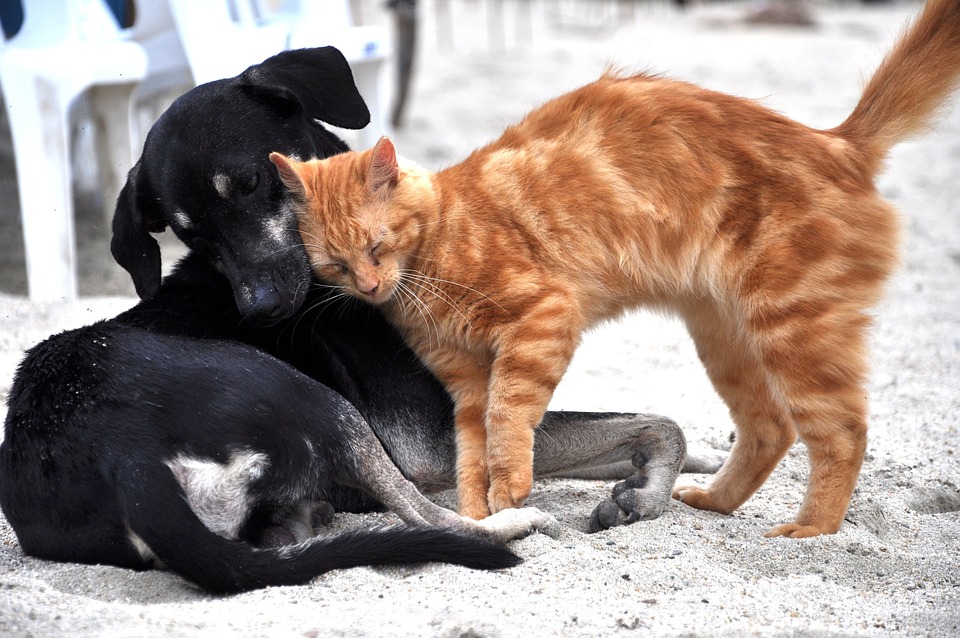Header: Grooming Your Cat to Minimize Shedding in Heavy-Shedding Breeds
Introduction:
Cats are known for their independent nature and self-grooming habits. However, heavy-shedding cat breeds require extra attention to keep their fur under control. Regular grooming not only reduces shedding but also promotes a healthy coat and prevents matting. In this article, we will delve into the best grooming practices to minimize shedding in heavy-shedding cat breeds.
I. Understanding the Grooming Needs of Heavy-Shedding Breeds
1. Identifying heavy-shedding cat breeds
Some cat breeds are more prone to shedding than others. Examples of heavy-shedding breeds include Persians, Maine Coons, and Ragdolls. Understanding your cat’s breed will help you better prepare for their grooming needs.
2. Recognizing the factors that contribute to shedding
Aside from breed characteristics, shedding can be influenced by factors such as nutrition, health, and environmental conditions. Identifying these factors can help you address them and minimize shedding.
3. Importance of grooming in heavy-shedding breeds
Regular grooming is crucial for heavy-shedding cat breeds. It helps remove loose fur, prevents matting, and distributes natural oils throughout the coat, leading to a healthier and more manageable coat.
II. Establishing an Effective Grooming Routine
1. Brushing and combing techniques for heavy-shedding cats
Using the right brushes and combs for your cat’s coat type is essential. Long-haired cats may require slicker brushes and wide-toothed combs, while short-haired cats may benefit from bristle brushes. Regular brushing sessions, frequency, and duration should be tailored to your cat’s needs.
2. Bathing your heavy-shedding cat
Bathing can help remove excess fur and reduce shedding. It is important to choose cat-friendly shampoos and conditioners that are gentle on their skin. Proper bathing techniques and tips, as well as drying methods for water-tolerant cats, should be followed.
3. Trimming your cat’s nails
Regular nail trimming is necessary to prevent discomfort and potential injuries. Using the right tools and following a step-by-step guide will ensure a safe and stress-free experience for both you and your cat.
III. Additional Tips for Minimizing Shedding
1. Maintaining a healthy diet
A high-quality cat food rich in essential nutrients can promote a healthy coat. Additionally, supplements and treats specifically designed to support coat health can be beneficial.
2. Controlling the indoor environment
Regular vacuuming and dusting will help remove loose fur from surfaces. Using air purifiers can minimize shedding and allergens in the air, promoting a cleaner environment for both you and your cat.
3. Regular veterinary check-ups
Regular visits to the veterinarian can help identify underlying health issues that may contribute to excessive shedding. They can also provide recommendations for specialized grooming products or treatments tailored to your cat’s specific needs.
FAQs – Frequently Asked Questions
1. How often should I groom my heavy-shedding cat?
2. Can I use human grooming products on my cat?
3. My cat hates being groomed. What can I do?
4. Are there any breeds that don’t shed?
5. Are there specific diets that can reduce shedding?
6. Can I trim my cat’s nails with regular human nail clippers?
7. Will shaving my cat’s fur minimize shedding?
Conclusion:
Grooming heavy-shedding cat breeds is an essential aspect of maintaining a healthy and comfortable life for your feline companion. By understanding their grooming needs and following a proper routine, you can effectively minimize shedding and keep your cat’s coat in excellent condition. Remember to consult your veterinarian for personalized advice and recommendations tailored to your cat’s specific needs.








